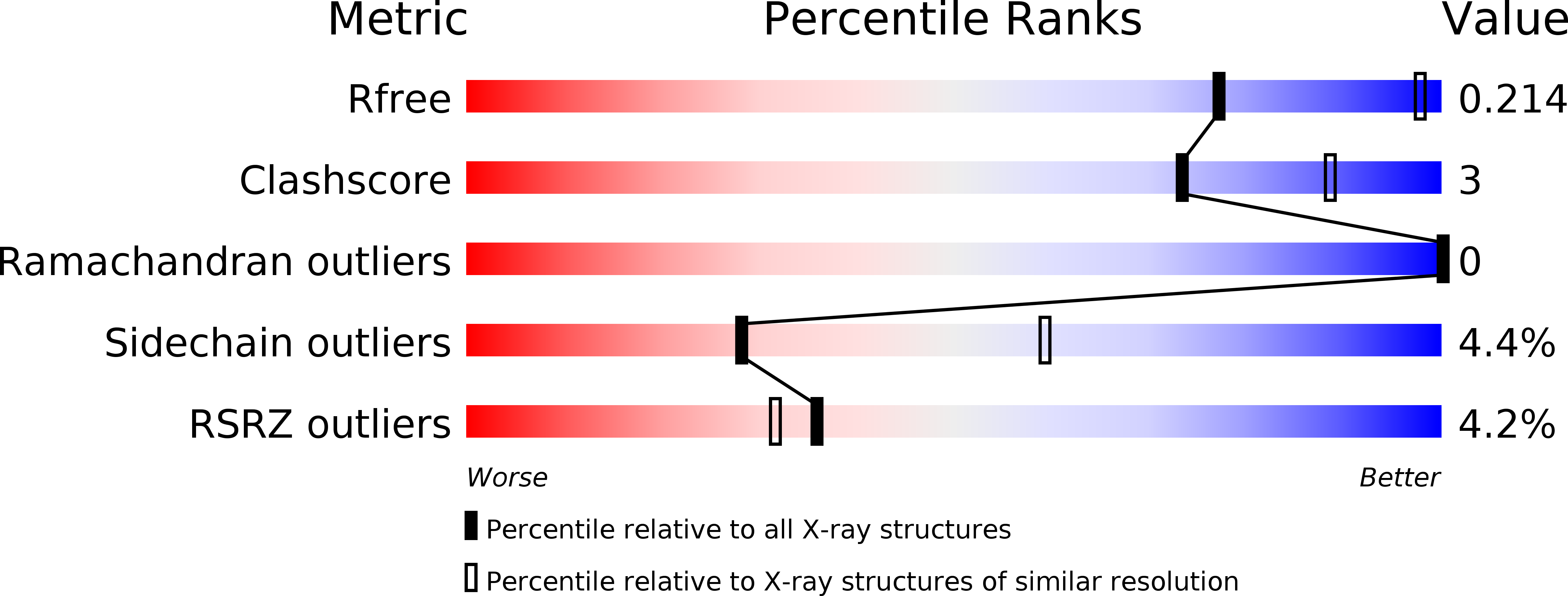
Deposition Date
2016-02-25
Release Date
2016-03-30
Last Version Date
2024-10-30
Entry Detail
PDB ID:
5IET
Keywords:
Title:
Crystal Structure of Mycobacterium Tuberculosis ATP-independent Proteasome activator
Biological Source:
Source Organism:
Mycobacterium tuberculosis (Taxon ID: 1773)
Host Organism:
Method Details:
Experimental Method:
Resolution:
2.88 Å
R-Value Free:
0.21
R-Value Work:
0.19
R-Value Observed:
0.19
Space Group:
P 6 2 2


